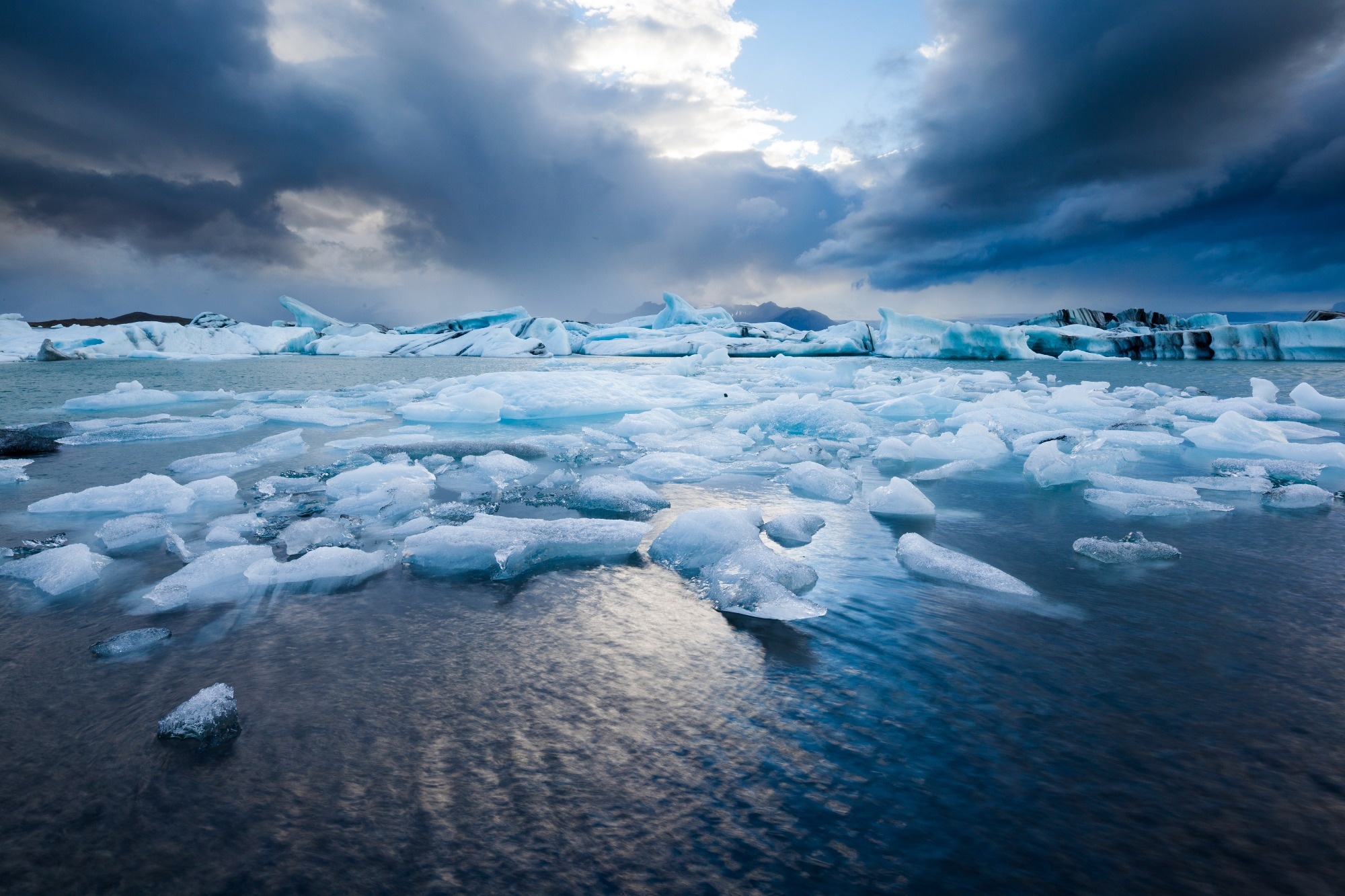Reviewed by Alex SmithJul 6 2022
A new study of observed temperatures reveals that the Arctic seems to be warming up over four times faster compared to the rate of global warming. The trend has stepped upward steeply twice in the past five decades. This is a discovery that has been missed by all but four of 39 climate models.

Image Credit: Shutterstock.com/ Tomas Rebro
Thirty years is considered the minimum to represent climate change. We decreased the time interval to 21 years. At that smaller time scale and, contrary to previous investigations that found the Arctic amplification index increases in a smooth way, we observed two distinct steps, one in 1986 and a second one in 1999.
Petr Chylek, Study Lead Author, Physicist and Climate Researcher, Los Alamos National Laboratory
The study was reported in the journal Geophysical Research Letters.
The decade-by-decade episodic trend determined by Chylek and his collaborators tends to impact sea levels and global weather, which precisely projects future climate change in smaller timeframes is necessary for scheduling any mitigation of its effects and developing adaptation strategies.
The Arctic impacts the climate and weather, and the melting of the Greenland ice sheet results in an increase in sea level that endangers several coastal communities.
In this study, the amplification index is the ratio of an Arctic 21-year temperature trend versus an entire global 21-year temperature trend.
The study estimated the Arctic amplification index to be greater compared to 4 inside the early decades of the 21st century and is four times quicker compared to the global mean and significantly more rapid than earlier reported research had identified with the help of 30- to 40-year time intervals. Such earlier studies ranked the index between 2 and 3.
From 39 climate-change models in the extensively utilized CMIP6 collection of the Coupled Model Intercomparison Project, the international research group discovered four models that reproduced the first step fairly well in 1986. However, none reproduced the second step in 1999.
CMIP is known as an international collaboration of climate models making use of a shared set of parameters. CMIP6 has been utilized to make the new Intergovernmental Panel on Climate Change Assessment Report.
We attributed the first step to increasing concentrations of carbon dioxide and other pollutants in the atmosphere, because several models do it correctly but the second step we think is due to climate variability because none of the models can reproduce the second step.
Petr Chylek, Study Lead Author, Physicist and Climate Researcher, Los Alamos National Laboratory
Normally, brief climate variability has been unseen by climate models with their 30-year-plus-long timescales.
The study does not identify a reason for such comparatively sudden increases, but the authors ponder that contributing causes are possibly sea-ice and water-vapor feedbacks integrated with variations caused in how atmospheric and oceanic heat shift into the Arctic.
Forthcoming increases in the Arctic amplification index are likely to be smaller as the temperature variation between the Arctic and the tropics tend to decrease.
Valuable for Projecting Change in the Arctic
Chylek stated that the research group will study future Arctic climate projections with the help of the four models that came closest to the matching noted warming trend, along with the spikes.
Because the four models correctly reproduce at least the first step, we assume they’re a little better for future climate projection. People usually average all models and assume the ensemble is more reliable than any single model. We show the average does not work in this case.
Petr Chylek, Study Lead Author, Physicist and Climate Researcher, Los Alamos National Laboratory
Publicly available temperature data was downloaded by the research group for the Arctic from the internet and utilized simulations output from climate models in the CMIP6 collection.
Chylek stated, “People are not only interested in long-term climate change, but they are also interested in 10 years ahead, 20 years, 30 years. For decadal prediction our observation that the amplification index changed in the past in steps is quite important.”
The research group of the study included members from Los Alamos, the University of East Anglia, PAR Associates, the University of Washington, the Pacific Marine Environmental Laboratory and Dalhousie University.
Journal Reference:
Chylek, P., et al. (2022) Annual Mean Arctic Amplification 1970–2020: Observed and Simulated by CMIP6 Climate Models. Geophysical Research Letters doi.org/10.1029/2022GL099371.